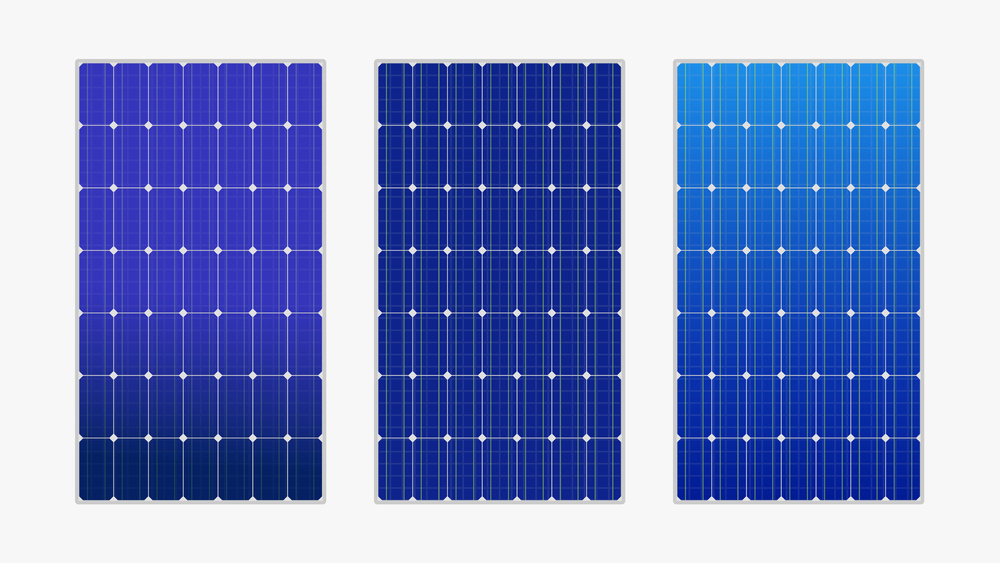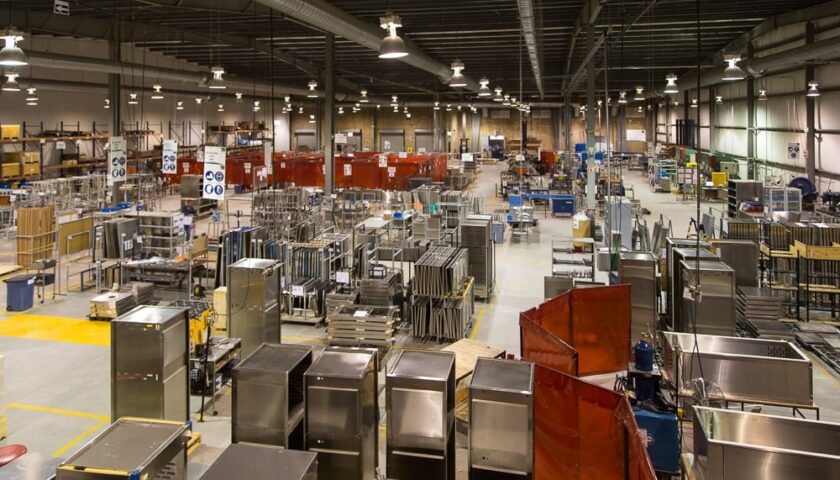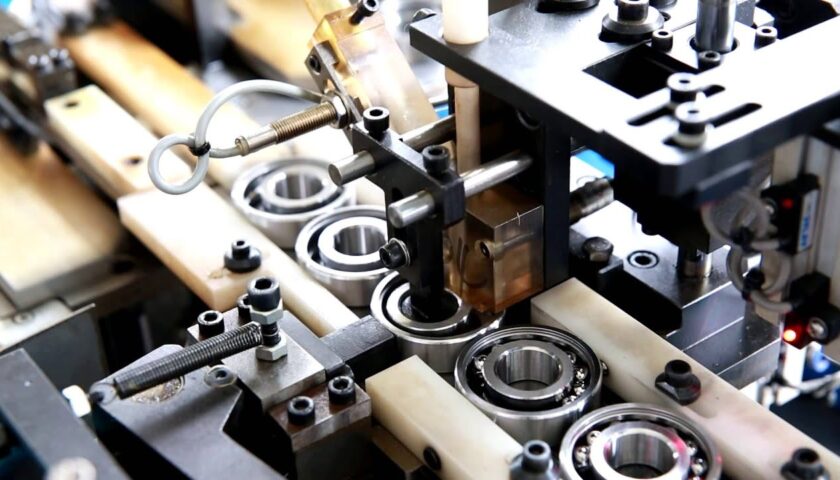In recent years, the adoption of solar energy has surged worldwide. Pakistan is no exception. As energy demands increase and concerns about climate change grow, many are turning to renewable energy sources. Solar panels have become a popular choice. Understanding the different solar panel types in Pakistan can help you make informed decisions for your energy needs. This article delves into the various solar panel types in Pakistan, exploring their features, benefits, and market trends.
Solar Panel Types in Pakistan
Monocrystalline Solar Panels
These panels are made from single-crystal silicon, which allows for greater efficiency in converting sunlight into electricity. In Pakistan, where sunlight is abundant, monocrystalline panels are an excellent choice for maximizing energy production.
Advantages of Monocrystalline Panels
High Efficiency: Monocrystalline panels have the highest efficiency rates, typically around 15-20%. This means they can produce more electricity from the same amount of sunlight compared to other types.
Space-Efficient: Due to their higher efficiency, you need fewer panels to meet your energy needs, making them ideal for homes with limited roof space.
Longevity: These panels tend to have a longer lifespan, often up to 25 years or more, making them a cost-effective long-term investment.
Disadvantages of Monocrystalline Panels
Cost: They are more expensive upfront compared to other types of solar panels.
Performance: Their efficiency can drop slightly in high-temperature conditions, which is a consideration in Pakistan’s hot climate.
Polycrystalline Solar Panels
Polycrystalline solar panels, also known as multicrystalline panels, are made from silicon crystals. These panels are slightly less efficient than monocrystalline panels but offer a good balance between cost and performance.
Advantages of Polycrystalline Panels
Cost-Effective: Polycrystalline panels are generally cheaper to produce, making them a more affordable option for many households and businesses.
Durability: These panels are durable and can last for many years with proper maintenance.
Availability: They are widely available in the Pakistani market, offering plenty of options for consumers.
Disadvantages of Polycrystalline Panels
Lower Efficiency: The efficiency rates of polycrystalline panels are typically around 13-16%, which means you may need more panels to achieve the same energy output as monocrystalline panels.
Space Requirements: Due to their lower efficiency, they require more space to install, which might be a limitation for some properties.
Thin-Film Solar Panels
Thin-film solar panels are created by layering photovoltaic material onto a substrate. These panels are lightweight and flexible, making them ideal for diverse applications.
Advantages of Thin-Film Panels
Flexibility: Thin-film panels can be used in a variety of applications, including portable solar solutions and installations on unconventional surfaces.
Temperature Tolerance: They perform better in high-temperature conditions, maintaining efficiency even in Pakistan’s hot climate.
Aesthetics: Their sleek design can be more visually appealing, blending seamlessly with the architecture.
Disadvantages of Thin-Film Panels
Lower Efficiency: Thin-film panels have lower efficiency rates, typically around 10-12%, meaning they require more space to produce the same amount of energy.
Shorter Lifespan: They generally have a shorter lifespan compared to crystalline panels, which can affect long-term cost savings.
Emerging Trends in Solar Panels
The solar panel market in Pakistan is evolving, with new technologies and trends emerging. One significant trend is the increasing use of bifacial solar panels. These panels can capture sunlight from both sides, increasing energy production. In a country like Pakistan, with abundant sunlight, bifacial panels can significantly boost efficiency.
Another trend is the growing interest in solar energy storage solutions. Combining solar panels with batteries allows for energy storage, providing a reliable power source even during cloudy days or at night. This trend is gaining traction as more consumers look for comprehensive energy solutions.
Choosing the Right Solar Panel
When choosing solar panels for your home or business, consider efficiency, cost, space, and specific energy needs. Consult with a solar energy expert to determine the best type of solar panel for your situation. Think about long-term benefits, such as potential savings from reduced electricity bills and environmental impact.
Focus on efficiency if you have limited roof space. Monocrystalline panels offer the highest efficiency, while polycrystalline panels provide a good balance between cost and performance. Thin-film panels might be ideal if you need flexibility and better performance in high temperatures.
Evaluate your budget and the initial costs. While monocrystalline panels are more expensive upfront, they offer higher efficiency and longevity. Polycrystalline panels, being more affordable, still provide durable and efficient solutions. Thin-film panels, though less efficient, could be suitable for specific applications where flexibility and aesthetics matter.
Consider space availability for installation. Monocrystalline panels require less space due to their high efficiency, while polycrystalline and thin-film panels need more area. Assess your energy needs and consult professionals to make an informed decision.
Installation and Maintenance
Proper installation is vital for the optimal performance of solar panels. It’s recommended to hire certified professionals to install your solar panel system. Regular maintenance, such as cleaning the panels and checking the system, ensures that the panels operate efficiently and have a longer lifespan.
DSG Energy, a prominent subsidiary of the DS Group of companies, is making significant strides in the renewable energy sector in Pakistan. With a strong focus on solar energy solutions, DSG Energy offers a range of solar panel types in Pakistan, including monocrystalline, polycrystalline, and thin-film panels.
Their commitment to providing high-quality, efficient solar products aligns with their vision of contributing to Pakistan’s sustainable development. By leveraging their expertise in large-scale projects, DSG Energy is helping to transform the energy landscape, promoting the adoption of renewable energy across both public and private sectors.
Conclusion
Understanding the different solar panel types in Pakistan and keeping up with market trends can help you make an informed decision. Monocrystalline panels offer high efficiency and longevity, while polycrystalline panels provide a cost-effective solution. Thin-film panels offer flexibility and better performance in high temperatures. Emerging trends like bifacial panels and solar energy storage are shaping the future of solar energy in Pakistan. With government support and a growing market, solar energy is becoming an increasingly viable option for many Pakistanis. Make the right choice by considering your specific needs and the long-term benefits of investing in solar energy.





